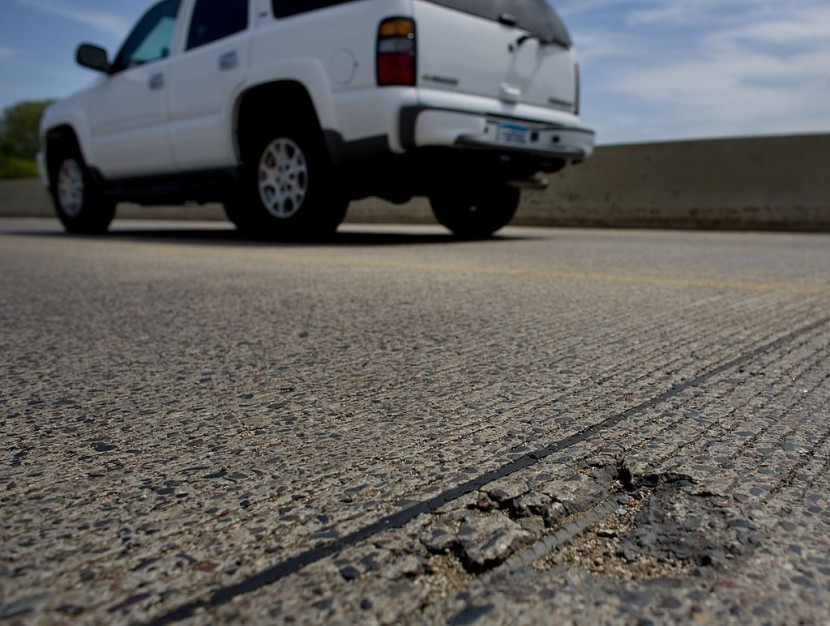Hot weather = possible pavement buckles 🌡️ With temperatures rising this week, keep an eye out—if you spot a pavement buckle, slow down, change lanes carefully, and call 911 to report it. Pavement buckles are emergencies and we fix them ASAP. Learn more: https://t.co/h12tR6UvaX pic.twitter.com/JY3jRfP4oc
— Minnesota Department of Transportation (@MnDOT) July 25, 2023
The Minnesota Department of Transportation shared images earlier this week of a cracked stretch of Highway 610 between Interstate 94 and Elm Creek Boulevard.
"With temperatures rising this week, keep an eye out - if you spot a pavement buckle, slow down, change lanes carefully, and call 911 to report it," the caption wrote. "Pavement buckles are emergencies and we fix them ASAP."
It was reported the portion of the road was closed for several hours to allow crews to repair the damage overnight.
The road was reopened the morning after the road hazard was reported.
Read Also: Earth's Hottest Day on Record: July 3, 2023, Exceeded Average of 17°C, Breaking Previous Record

Road Buckles are Common in Hot Weather
The incident was not the first time a heat-related instance of pavement buckling in the state this summer as a similar incident was reported on the eastbound I-94 in June because of the current heat wave most of North America is experiencing.
Buckles occur when the air temperature changes from moderate to extreme heat, according to the department.
When a road is constructed, it is cut into segments to create a space for expansion and contraction. However, such a space could not be enough, leading the pavement to buckle or blow up, especially if it is older and weaker, and especially the warmer it gets.
Pavement buckles could become dangerous to motorists, and drivers are advised not to drive over one if possible and call 911 to report the road hazard.
Related Article: China Warns of Potential Crop Damage, Power Disruptions Due to Increasing Heat, Floods
© 2026 HNGN, All rights reserved. Do not reproduce without permission.








